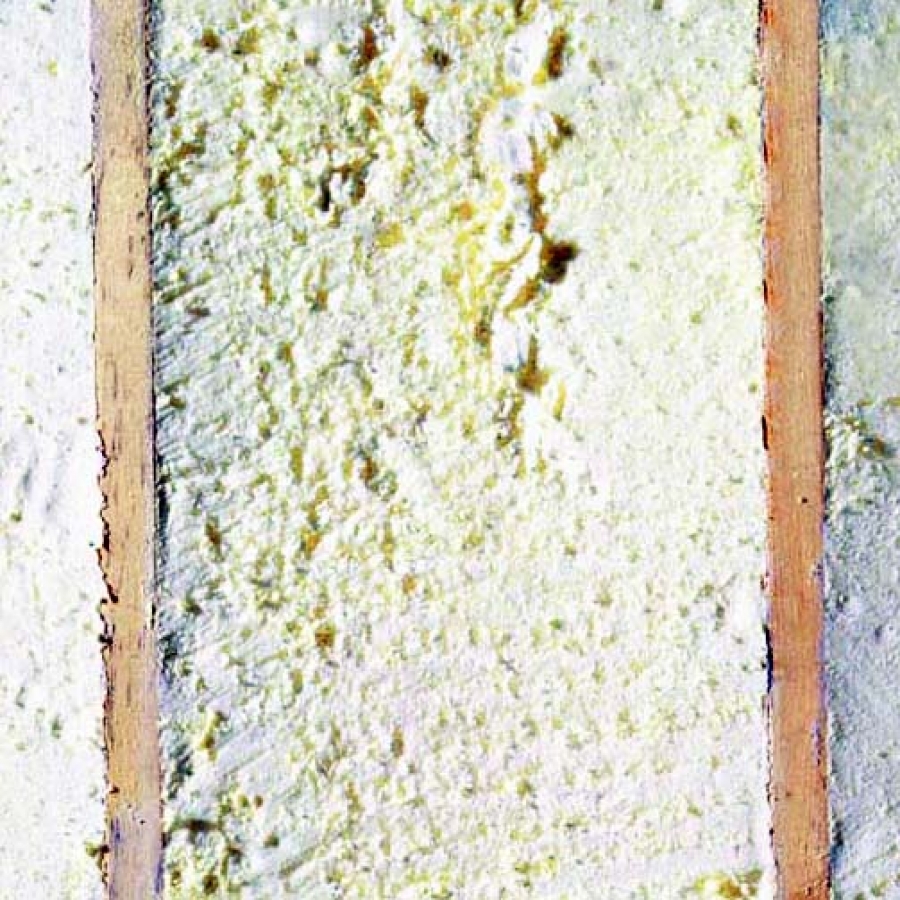Urea-Formaldehyde Foam Insulation Material
Urea-Formaldehyde (UF) foam was used in homes during the 1970s and early 1980s. However, after many health-related court cases due to improper installation practices, UF foam is no longer available for residential use and has been discredited for its formaldehyde emissions and shrinkage. It is now used primarily for masonry walls in commercial/industrial buildings.

Topic Summary
UF foam insulation has an R-value of about 4.6 per inch. It uses compressed air as the foaming agent. Nitrogen-based UF foam may take several weeks to cure completely. Unlike polyurethane insulation, UF foam doesn't expand as it cures. Water vapor can easily pass through it, and it breaks down at prolonged temperatures above 190°F (88°C). UF foam also contains no fire retardant.
Article source: The U.S. Department of Energy’s Office of Energy Efficiency and Renewable Energy (EERE). For the most up-to-date information please visit the EERE website.



